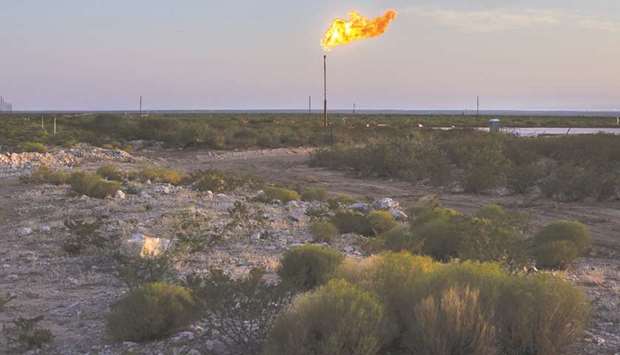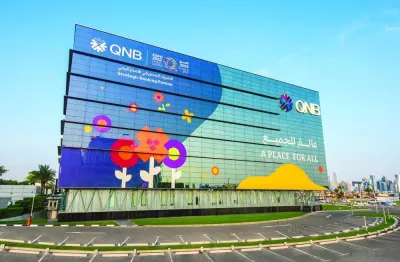The outlook for US shale oil is slightly more “optimistic” due to rising prices and output will recover further in the second half of 2021, Opec has said, in a sign its policy of cutting output is helping rivals pump more.
US shale producers are not part of a pact between Opec nations and others including Russia — the so-called Opec+ — to reduce their output to support prices and reduce oversupply.
US total oil supply will rise by 370,000 barrels per day (bpd) in 2021 to 17.99mn bpd, the Organization of the Petroleum Exporting Countries said in a monthly report, up 71,000 bpd from the previous forecast.
A significant rebound in shale could hamper efforts by Opec and its allies to support the market.
Oil prices hit an 11-month high above $57 a barrel this week, supported by Opec+ supply restraint and a voluntary cut by Saudi Arabia.
“The 2021 supply outlook is now slightly more optimistic for US shale with oil prices increasing, and output is expected to recover more in the second half of 2021,” Opec said.
Also in the report, Opec left its forecast for world demand unchanged, saying oil use will rise by 5.90mn bpd this year to 95.91mn bpd, following a record 9.75mn bpd contraction last year due to the pandemic.
Opec said there was upside potential in its forecast of 4.4% economic growth in 2021, but new coronavirus variants, rising infections and a slow start to vaccination programmes may cloud the recovery at least for the first quarter.
“While a strong global economic recovery in 2021 remains very likely, the depth and magnitude of this year’s rebound remains uncertain,” Opec said. “The forecast will be thoroughly reviewed once more in the coming month.”
For now, the shale rebound is small.
Opec expects US tight crude output, another term for shale, to rise by 70,000 bpd this year to 7.37mn bpd and left its non-Opec supply forecast steady overall.
But rapid growth in the non-conventional oil supply has caused problems for Opec in the recent past.
Rising shale output, encouraged by Opec’s policy of cutting supply to support prices, helped create a glut during 2014-2016.
This glut eventually prompted the creation of Opec+, which began to restrain output in 2017. Opec+ cut supply by a record 9.7mn bpd last year and is pumping an extra 500,000 bpd in January under a plan to unwind the curbs gradually.
Most producers will hold steady in February and Saudi Arabia is cutting output by 1mn bpd next month and March.
The report showed Opec output is increasing already.
Output rose by 280,000 bpd to 25.36mn bpd in December, it said, driven by Libya, an Opec member exempted from making cuts, plus quota-bound countries Iraq and the UAE.

A gas flare burns at dusk in the Permian Basin in Texas (file). US total oil supply will rise by 370,000 bpd in 2021 to 17.99mn bpd, Opec said in a monthly report, up 71,000 bpd from the previous forecast.


